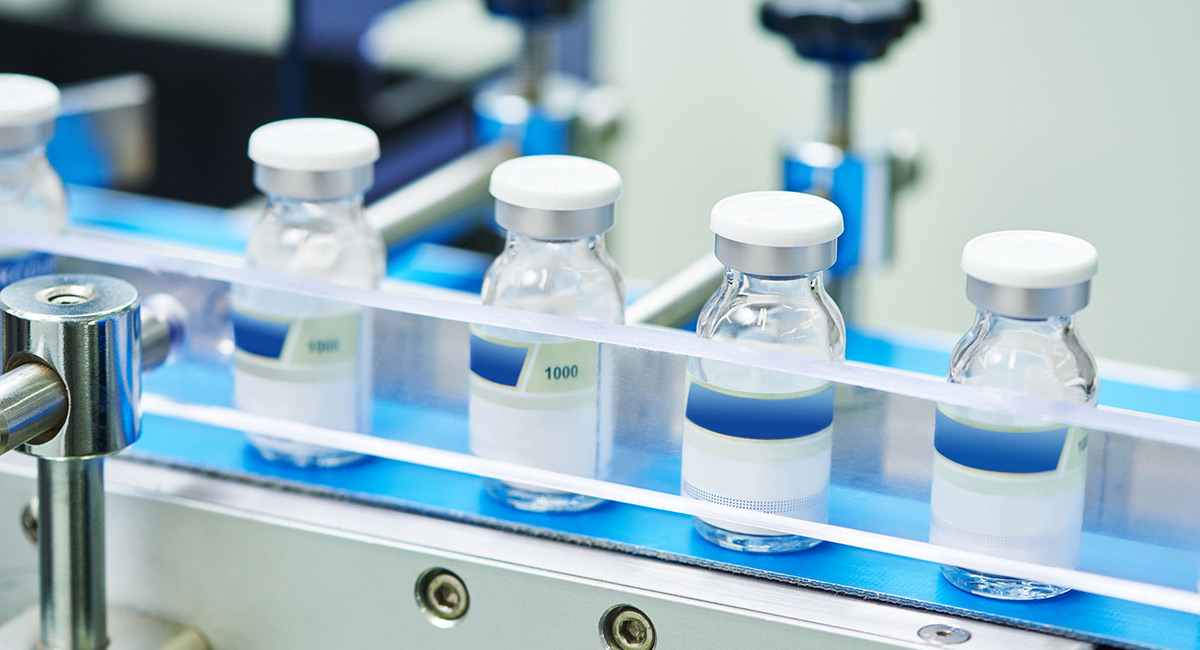With less than 60 days until the election, President Trump finds himself in a position similar to the one he was in four years ago. This time, trailing former Vice President Joe Biden by as much as 10 points in several major polls, the president is scrambling to make good on his 2016 campaign promises.
President Trump vowed to take on large pharmaceutical companies and make prescription drugs more affordable. Unfortunately for millions of Americans struggling to afford medication, drug prices have continued to climb over the past four years.
Hoping to keep his word and make up for a lost time, President Trump recently signed four executive orders to rein in skyrocketing prices. In his own words: “I’m signing four sweeping executive orders that will lead to a massive reduction in drugs costs” and “completely restore the prescription drug market.”
These orders call for 1) federally qualified health centers to provide cheaper insulin and injectable epinephrine to low-income patients, 2) more drug imports from Canada and the European Union, and 3) elimination of “kickbacks” to pharmacy benefit managers (PBMs).
The fourth-order, which the president calls the “granddaddy of them all,” requires Medicare to purchase drugs at the same prices found in other “favored nations” with the hopes of saving U.S. patients billions.
President Trump’s orders are well-intended but highly unlikely to succeed, given his previous record of trying to address U.S. health care woes through executive power.
In 2017 and 2018 President Trump issued executive orders which restructured the Affordable Care Act to provide more affordable care and to lengthen short-term health plans. Since then, healthcare premiums have continued to increase. His 2019 executive order requiring hospitals to disclose their prices for common procedures has also failed to lower hospital prices.
These previous failures leave us with little optimism that the latest round of executive orders will fare any better. Further, many of the president’s ideas expressed in these orders have been tried before and have found little success.
President Trump instituted an international pricing index model two years ago to prevent Medicaid from overpaying for prescription drugs. Colorado’s cap on insulin copayments has not prevented many diabetics in the state from struggling financially to obtain their indispensable medication. The president also previously vowed to target PBM rebates and allow for more drug imports, before caving into political pressures.
The lesson seems to be ignored: more government authority and political promises (even when kept) will not make healthcare more affordable. Fortunately, competition among drug producers would.
When the producer of EpiPen increased its prices to over $300 a pen, pharmacies began ordering Adrenaclick, a close substitute that only cost $10. As other drug producers flooded the market with similar drugs and gained market share, EpiPen’s price dropped.
Competition has also provided many diabetics with affordable insulin. With insulin prices skyrocketing over the past decade, pharmacies and retailers such as Walmart and CVS have offered ReliOn, an older form of insulin, at $25 a vial. Although ReliOn lacks many of the benefits of more modern insulins, it has been a godsend for people with diabetes who struggle to make ends meet.
Health insurance companies also seek out foreign drug markets to save money for themselves and their customers. To take advantage of lower drug prices in other nations, a health insurance provider named PEHP Health and Benefits provides Utah state employees plane fare and a $500 per-trip bonus to purchase their prescription drugs in Mexico. That saves the company about $225,000 a year.
One PEHP participant, Ann Lovell, saved nearly $2,000 on her arthritis medication, which she needs to maintain her livelihood. As she expressed it, “I think if I wasn’t on this drug ... I’d be on disability rather than living my normal life.”
Instead of issuing more executive orders for an already highly regulated market, President Trump should keep his promise to lower drug prices by letting competition ease our health care woes. Our system is in bad shape, and it is well past time to try a new treatment.








